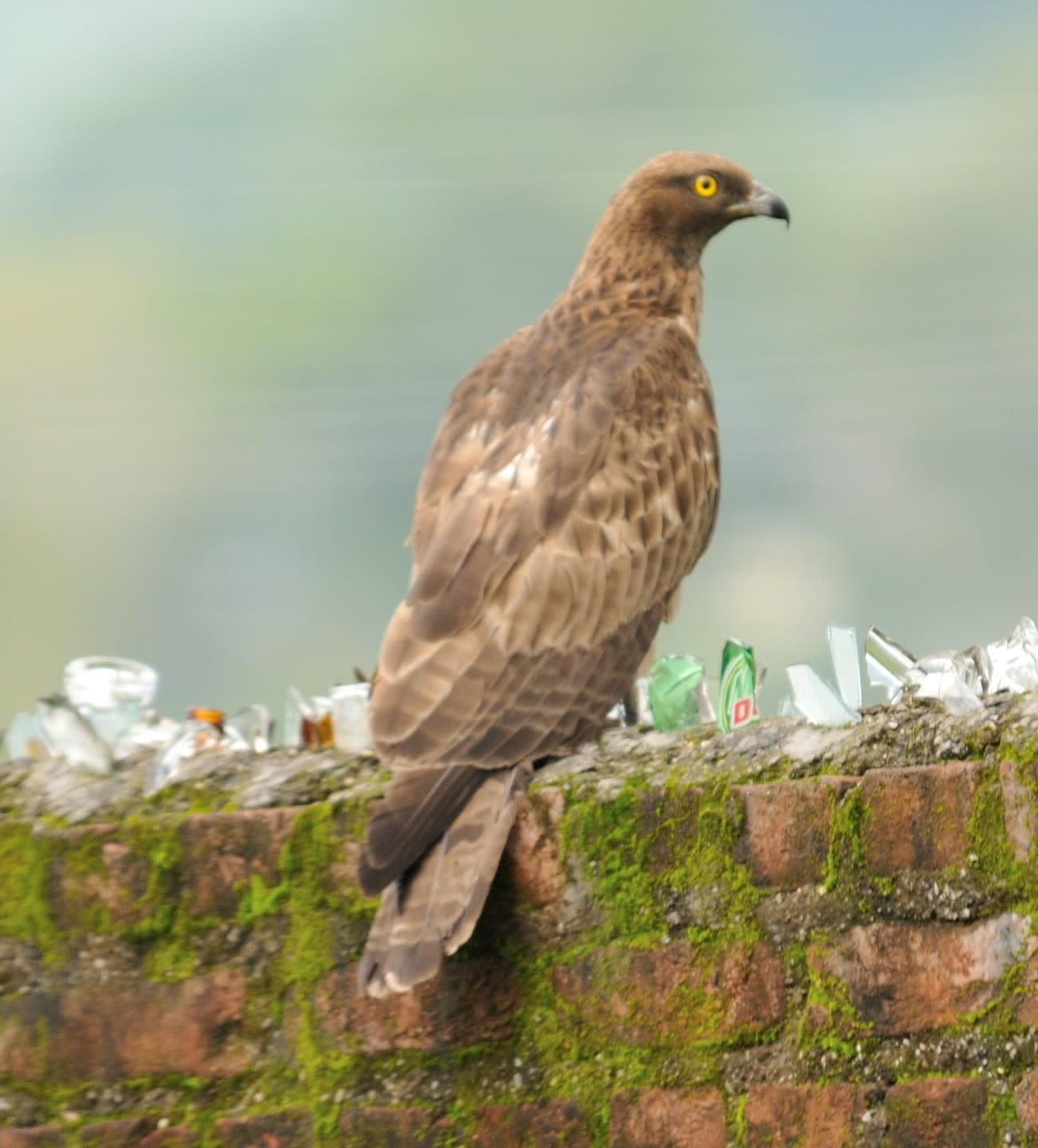 Listen to this article
•
15:34 min
Listen to this article
•
15:34 min
In 2008, I quit my corporate job, shifted from the crowded city of Pune to the pleasanter climes of Dehradun. When we were planning our move, my wife, Anchal, and I, made a deal. Anchal wanted a home with a backyard, so that she could have her own kitchen garden. I wanted to eat home-grown vegetables, but wanted nothing to do with the gardening; just the eating worked for me. So we got ourselves a home with a garden with the explicit understanding that all the hard work was Anchal’s. The other crucial aspect of the garden was that it would largely be wild (kitchen garden apart), in order to attract wildlife.
A decade down the line, everything is largely hunky-dory. Anchal grows her vegetables and fruits; I eat them. Our wild garden is a haven for wildlife. Close to a 100 species of birds, an equivalent number of butterfly species, two species of mongoose, jackals, the odd yellow-throated marten, and lots of snakes — I have loads of natural history to observe in our small 220-yard-garden plot.

Photo: Avinash Mishra -CC BY-SA 4.0
Cover Photo: A woodland inhabitant, the oriental honey-buzzard has dense, short, scale-like feathers on its lores (the area between the eyes and base of its bill). These feathers offer it protection from stings of its primary prey — bees and wasps.
Cover photo: Koshy Koshy – CC BY 2.0
A regular visitor near our home is an intriguing bird, the oriental honey-buzzard (Pernis ptilorhynchus). This bird of prey is often seen soaring overhead. It is easy to identify, even in flight, on account of its long pigeon or cuckoo-like head and neck, and broader black-and-white bands on its tail. The bird is also called the crested honey buzzard, but its stunted crest is hardly ever visible. Occasionally, the oriental honey-buzzard can be seen sitting on the wall just behind our home. When it does sit on our backyard wall, it allows me to easily approach for a few photographs, perhaps sensing that I am only a friendly neighbourhood birder, meaning it no harm.
The oriental honey-buzzard gets its name because of its fondness for bees and wasps, particularly their larvae and nests. The honey-buzzard has tough scale-like feathers on its face, near its beak, which allows it to feed at honeycombs with some protection against bee stings. The honey-buzzard has been known to tear down honeycombs and carry it away to feed on itself, or for its young. It has also been observed to feed on bees, wasps, and their larvae. We have a few honeycombs near our housing society in Dehradun, but the bird does actively feed on rodents, reptiles, frogs, insects and other smaller prey, as well, so it does have a wide diet range.

The oriental honey-buzzard is a resident in our area, and I have sighted it throughout the year. When we moved here, the area all around our housing society was scrub and shrub, with lots of trees. Slowly and surely, this habitat is depleting, through the relentless action of humans. More and more homes are being built, a new shop opens every other day, and alas, there is even the promise of a small mall near our home. Many bird species that I used to see near our home during our early days in Dehradun are no longer sighted. The inexorable pressure of human development is visible for all to see. Will the oriental honey-buzzard meet the same fate? Will we still see this bird a decade from now? Only time will tell…






